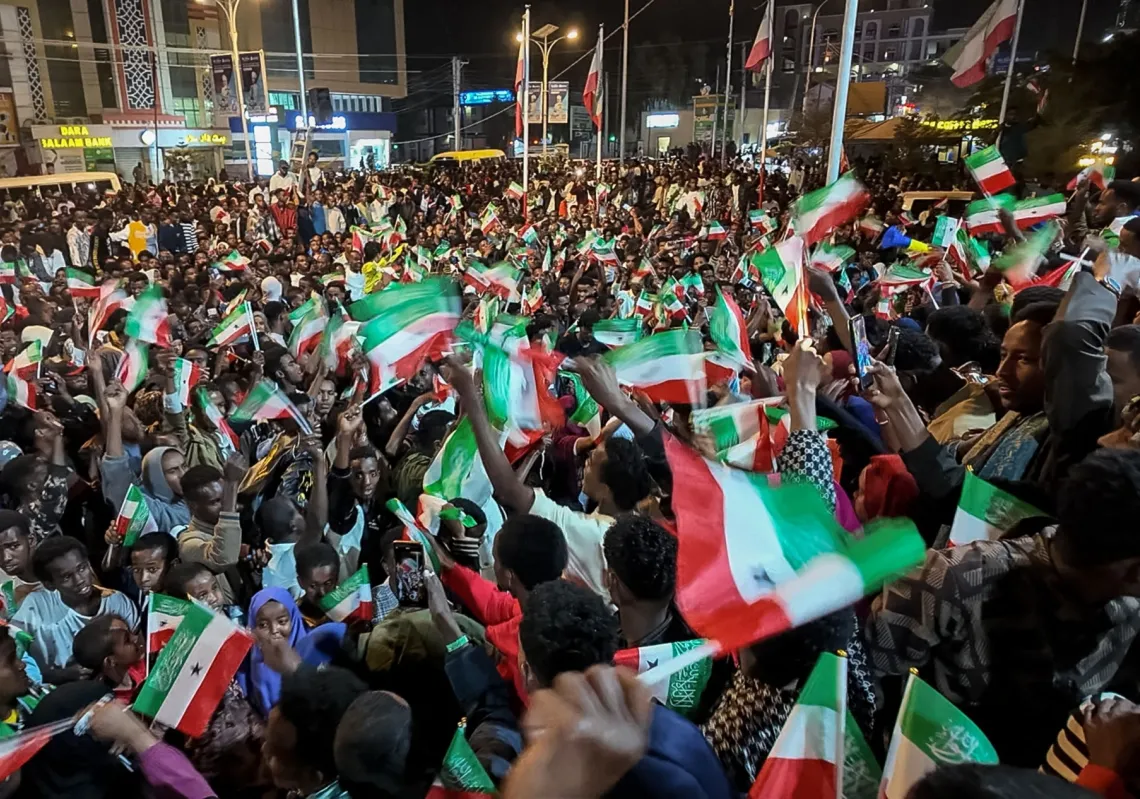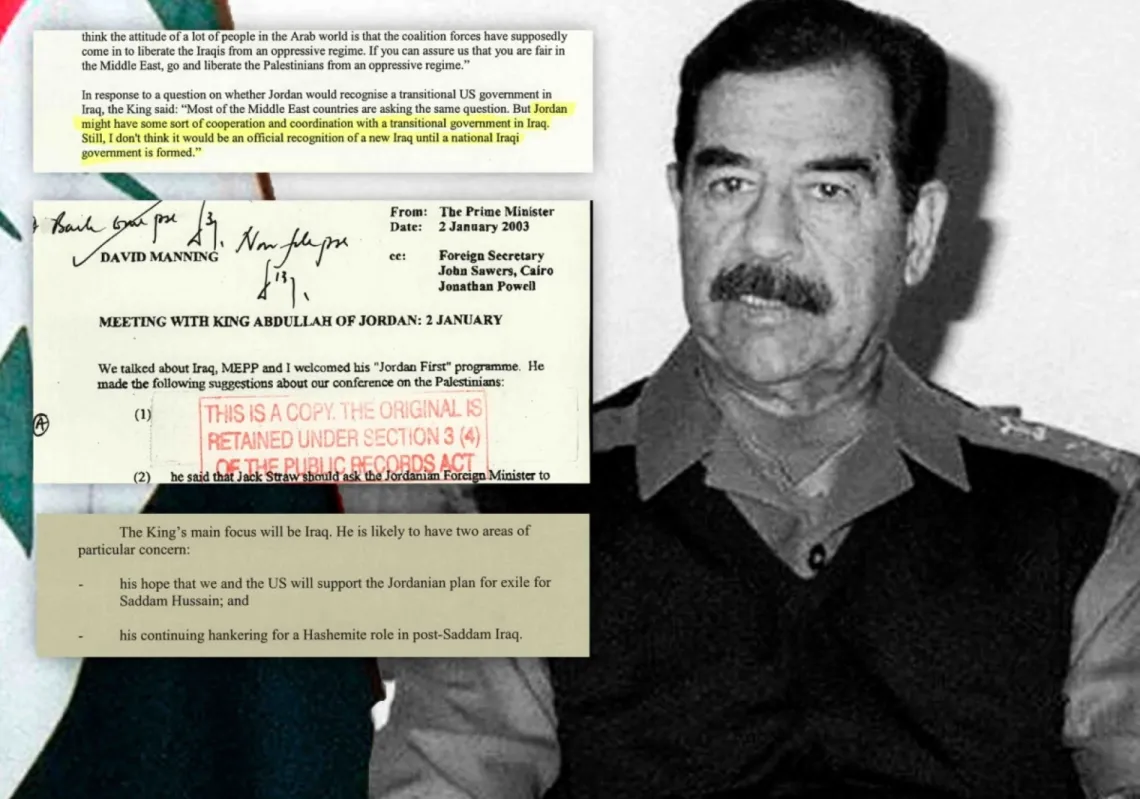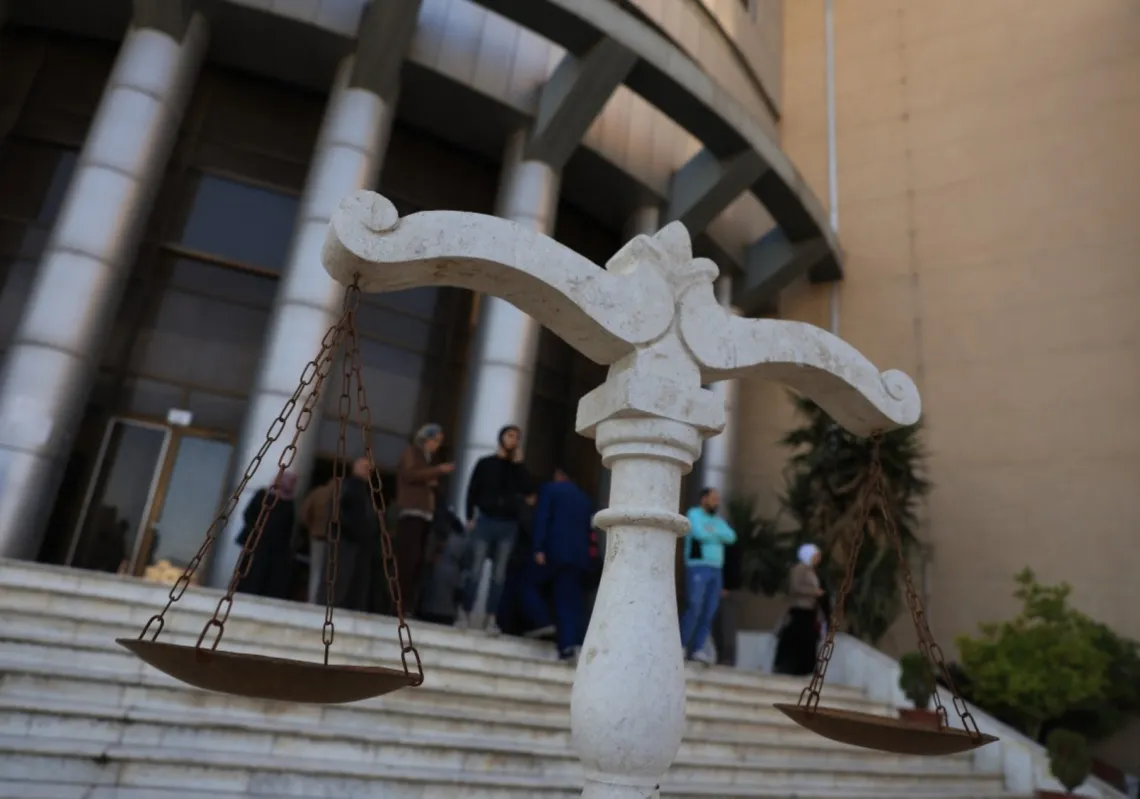Hezbollah advises its supporters to follow the Israeli press. Read articles in Haaretz, Yedioth Ahronoth, and Maariv they are told. Watch Israeli political TV programmes. Gain insights into Israel’s internal political, economic, and social situation. To do so and take all the pessimistic commentary at face value would be to presume the imminent collapse of Israeli society, which in turn would let Hezbollah leaders fulfil their promises to pray at Al-Aqsa Mosque in Jerusalem.
Yet those observing Israel seem to have misread the situation and overlooked the Israeli government’s openly discussed plan for Lebanon since October 2023, when Hezbollah began firing at Israel in support of Hamas in Gaza. They also seem to have ignored the long string of threats and warnings issued by Israeli officials no longer willing to tolerate the status quo in the north, where the threat posed by Hezbollah is often compared to the threat posed by Hamas.
Reading the signs
These Israeli decision-makers have been vowing not to allow a threat similar to that posed by Hamas exist on any of Israel’s borders on the basis that nothing like the 7 October 2023 attacks would ever be repeated—no matter the cost.
This messaging was unmistakably aimed at Hezbollah. Israelis had earlier learned that Hezbollah had dug tunnels extending into Israeli territory, intended for use in the so-called Galilee Liberation Plan, which envisaged Hezbollah’s elite Radwan Force capturing towns and villages in Israel’s far north.
The magnitude and fortitude of Israel's response should have been foreseen, given the fundamental shift in how Israel responds to rocket attacks over the past year. Before it exploded Hezbollah’s pagers, Israeli air strikes had killed 426 Hezbollah fighters and 26 members of the Amal Movement in 11 months.

This many combatant deaths in less than a year of relatively low-intensity fighting is unprecedented in the history of Hezbollah’s conflict with Israel. Since then, the Radwan Force’s entire leadership team has been killed, its communication methods thoroughly compromised, and the group’s strongholds across Lebanon bombed.
Israeli war aims
Comments made by Israel’s Prime Minister Benjamin Netanyahu, Defence Minister Yoav Gallant, and military spokespeople like Avichay Adraee suggest that the Israeli plan is the destruction of infrastructure across a 10-15km stretch on the Lebanese side of the Israel-Lebanon border.
This would prevent the return of Lebanese civilians, the Lebanese army, and, of course, Hezbollah fighters. The region between the border and the Litani River, about 20km away, would be placed under strict security surveillance, making it effectively a ‘kill zone,’ where civilian movement is severely restricted.
If that is what transpires, Israel will be replicating its strategy in Gaza by first imposing control of southern Lebanon through firepower and (if necessary) a physical presence, then rejecting diplomatic solutions that restore the status quo.
US envoy Amos Hochstein has met Lebanon's caretaker Prime Minister Najib Mikati and Speaker Nabih Berri to persuade them to convince Hezbollah to engage in diplomatic efforts for a ceasefire, to no avail. Hezbollah insists on supporting Gaza and has reiterated its stance that residents of northern Israel would not return to their villages before a ceasefire in Gaza is agreed. Yet Hezbollah has been badly weakened and is in no position to impose demands.














